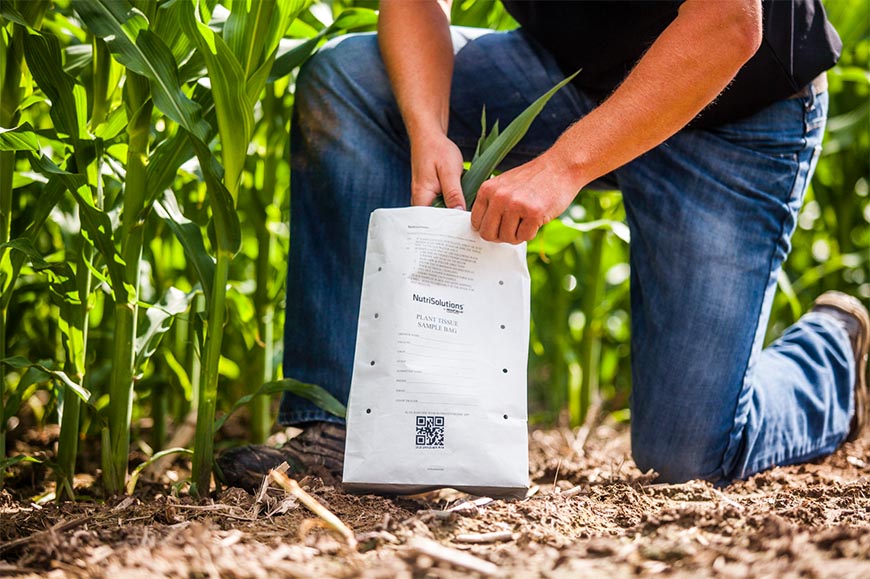Get a Jump on a Compressed Season

Delays in getting 2019 crops out of the field will mean a tighter gap between harvest and 2020 planting in many areas of the country. Here are some tips to help you effectively manage your time in the early spring to make planting timely and successful.
1. Take soil samples to identify nutrient deficits.
Work with your trusted advisor to schedule and perform any necessary soil testing on your fields. Fall is usually the optimal time to soil test, but last fall’s wet weather may have prohibited a number of farmers from doing so. Testing before the season starts can alert you to nutrient deficiencies so you can course-correct with an appropriate nutrient application.
2. Use technology to analyze last year’s data.
Ag tech is great for in-season management, but don’t forget to use it now to help you plan what you need to do before you plant a single seed. For example, feed your latest 2019 tissue sampling results into the R7® Tool and correlate these with the results of your soil tests to address nutrient deficits.
3. Figure out seed placement and herbicide timing.
Once you’ve finalized seed decisions, it’s important to determine which hybrids and varieties should be placed on which fields and at what populations, and how to manage those fields in-season for actions such as variable-rate fertilizer and fungicide applications.
The R7 Tool can help support those decisions with data from the Answer Plot® program that’s specific to environments and fields just like yours, and your trusted advisor can help you formulate your decision-making in these areas. He or she is familiar with burndown and preplant herbicide product labels, both for WinField® United-branded products and partner products. This agronomic intel can help you stay on track with herbicide timing this spring and throughout the season.
4. Shorten your burndown window.
In many areas of the country — including my territory of Delaware, Maryland, Virginia, West Virginia and the Carolinas — many farmers do spring burndowns. With early-season weather extremes, a crop oil such as Superb® HC or a methylated seed oil like Destiny® HC can be a good choice for the herbicide spray tank, accompanied by a drift reduction agent such as InterLock® to keep that application on target.
StrikeLock® is also becoming a popular tool. It’s a mix of a methylated seed oil, like Destiny HC, with drift-reduction properties similar to those found in InterLock. We are using it more and more as the premier burndown adjuvant for adverse weed management conditions. Additionally, a number of farmers in my area use Class Act® NG®, not only to condition their tank spray against hard water cations, but also to “heat up” the action of glyphosate, increasing uptake and the speed of herbicide action to manage weeds.
All photos are either the property of WinField United or used with permission.
© 2020 WinField United. Important: Before use always read and follow label instructions. Crop performance is dependent on several factors many of which are beyond the control of WinField United, including without limitation, soil type, pest pressures, agronomic practices, and weather conditions. Growers are encouraged to consider data from multiple locations, over multiple years, and be mindful of how such agronomic conditions could impact results. Answer Plot®, Class Act®, Destiny®, InterLock®, NG®, R7®, StrikeLock®, Superb® and WinField® are trademarks of WinField United.




